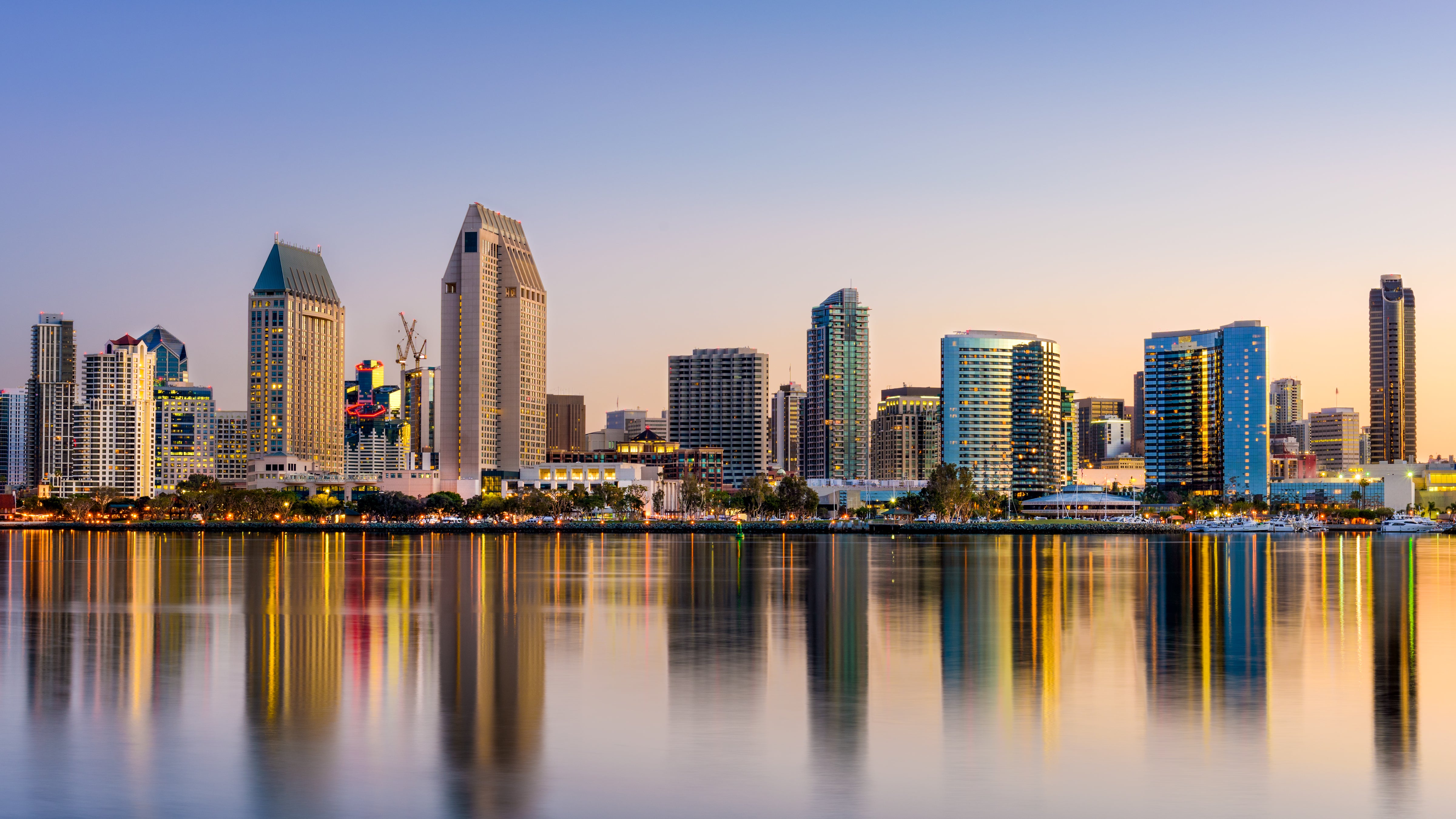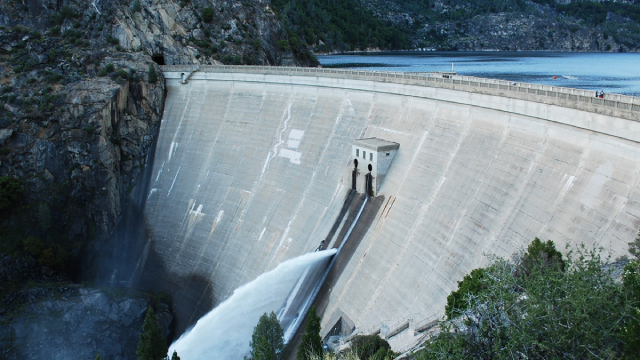Reflecting an unmistakable optimism about the role of natural gas and its emerging markets, the U.S. Department of Energy’s Steven Winberg pressed a certain benevolence about America’s unstoppable emergence as a global leader in gas production.
“Every molecule of energy that the United States exports is exporting freedom to the world,” the assistant secretary for fossil energy said during a Senate committee in September 2018. Winberg’s enthusiasm about rising overseas demand for America’s homegrown hydrocarbons may be justified, given a myriad of metrics that include countries and continents turning away from coal and leaning heavily into greener energy to cut their carbon footprints. But potential challenges abound, not the least of which is whether geopolitical forces may dampen the United States’ hard-charging marketing of the fossil fuel.
The situation is rife with complexities and disparate pressures, as are so many things in the arena of natural gas. In this year’s 2019 Strategic Directions: Natural Gas Report, we explore the sector’s weightiest topics and offer insights driven by survey input from hundreds in the industry and our decades of experience serving the natural gas marketplace.
Opportunities in Liquefied Natural Gas: The United States is ready to assume the mantle of global leader in providing liquefied natural gas (LNG) to the world. According to the International Energy Agency (IEA), the U.S. accounts for nearly 45 percent of growth in global production and nearly three-quarters of LNG export growth. At least for now, these are optimistic and opportunistic times for LNG despite potential headwinds that include the widening adoption of renewable energy.
Capitalizing on Floating LNG: Over the past few years, we’ve watched closely as the floating LNG (FLNG) industry shifted from potential to actualization. Early adopters of this inventive strategy sought means to move supply to end users quickly, efficiently and economically; the 2018 successes of Golar LNG’s Hilli Episeyo and Shell’s Prelude FLNG vessels have opened the yes — and wallets — of new developers.
Trends in Gas-to-Power: U.S. producers are investing heavily in liquefaction. This, paired with strong international interest in converting from oil-based power generation to gas-based, sets the stage for the U.S. to dominate the world market. Several major trends will shape gas-to-power going forward.
Renewables and Natural Gas: Renewable energy sources have become the elephant in the room when it comes to natural gas markets. As their prices drop and capabilities expand and mature, power derived from solar, wind and other distributed energy technologies are taking an increasingly high position in the global discussion around power generation.
Can Pipeline Capacity Keep Up: As if the persistent low-price environment weren’t enough, rampant natural gas production in the hotbed Appalachian and Permian Basins is ramping up concern that pipeline capacity can’t keep up. This comes as the U.S. natural gas industry prepares to enter one of its strongest growth periods to date.
Growth in Asian Demand: Strong economic growth, low gas prices and environmental goals involving broader adoption of green energy as an alternative to coal-fired power are transforming natural gas demand in Southeast Asia. Now, appropriate infrastructure is essential to facilitate the deployment and support of gas.
Without question, natural gas is enjoying its star turn in America. As of 2017, the United States was an annual net natural gas exporter for the first time in nearly six decades. The country has added to that in 2018, more than doubling its average daily net exports for the first half of the year over 2017, the U.S. Energy Information Administration (EIA) says.
The federal government predicts that domestic gas production will spike by 22 billion cubic feet per day (Bcf/d) to 103 Bcf/d by 2029. The buildout of export terminals from which natural gas is liquefied for stable tanker shipment continues in the U.S. as overseas markets bring more floating storage and regasification units online.
That growth comes against the backdrop of diverse pressures. There’s a broader embrace of renewable energy and the preference for shorter-term contracts, giving natural gas buyers the upper hand in bargaining amid the disparity in the supply and demand.
And there’s the potential thornier headwind of geopolitics that could complicate the current presidential administration’s quest for what it has called “American energy dominance” through LNG exports.
In 2018, U.S. relations with at least two of the world’s biggest players in natural gas were uneasy. Russia, with its ever-expanding stretch of pipelines, is entrenched as the European Union’s biggest supplier of natural gas while that region slowly weans itself off of coal, crimping U.S. efforts to move into that market. In what broadly has been cast as a U.S.-Russia “gas war,” Winberg told a Senate panel recently that Europe’s growing dependence on Russian gas doesn’t have to be, given that “our nation is endowed with the vast supplies of natural gas, and production is growing rapidly.”
And, as of October, the U.S. was in a trade dispute with China, which the IEA expects to become the world’s biggest natural gas importer next year. Effects of the dispute range from the potential disruption to future LNG infrastructure investments to a crimping of potential U.S. supply to the world’s most populous country.
All of these matters are part of the mosaic that puts natural gas at a crossroads, given competing and rapidly evolving forces involving the growing supply of natural gas from new producers and the falling costs of renewables.
Two years since the U.S. first started shipping off its wealth of natural gas from hydraulic fracturing production and shale field discoveries, its LNG has reached dozens of foreign destinations on at least four continents. Forty countries now import natural gas, up 11 in just the past five years.
Broadening that American influence appears top of mind among domestic players in that industry. Eighty-two percent of industry respondents to Black & Veatch’s survey said that U.S. emergence as a major LNG supplier either was extremely likely to somewhat likely to shape the global market over the next half decade (Figure 1). That was closely followed by increased spot market transactions and emergence of new LNG markets in developing countries.

Separately, roughly 57 percent of respondents said they expect India to be a leader in boosting its LNG imports from the United States. More than 40 percent listed Japan, China and the European Union as expected to do the same. Australia and Africa continue to play increasing roles in the global market; Australia is positioned to become the world’s biggest LNG exporter, while Africa looks to capitalize on its reserves, some newly discovered.
All the while, geopolitical forces stand to pull at the market, largely in the form of public policy goals calling for wider adoption of renewables.
California intends to get all of its energy from renewables by 2045, while Europe and Africa have set their renewables mileposts at more than 20 percent. China is diversifying its clean energy portfolio, shipping in more natural gas and adopting energy-efficiency policies amid its pullback on coal-fired power generation that has some of its regions enveloped in an ambient haze.
Considering this and other geopolitical scenarios yet to surface, the demand for nimble, agile and forward-thinking leadership comes to the fore as the industry keeps a close eye on global trends and strategically maps out business opportunities.








